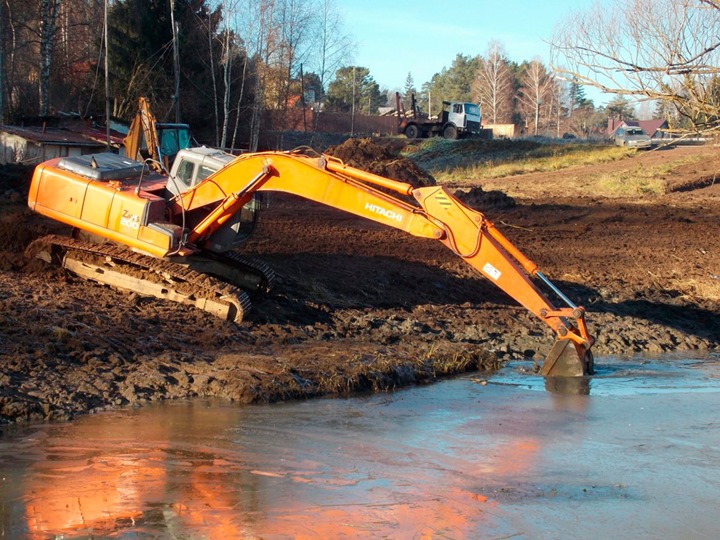Study: anthropogenic load changes the Irtysh riverbed
Scientists of the Geographical Faculty of Lomonosov Moscow State University investigated the Irtysh riverbed in the area from the state border with Kazakhstan to Omsk. Such works were carried out for the first time. The high anthropogenic load on the river causes significant changes in the Irtysh riverbed, which, in turn, lead to complications in the operation of the waterway and the water management development of the river, the study notes. The results are published in the journal “Bulletin of Moscow University. Series 5. Geography”.

The middle Irtysh in the Omsk region is subject to intense human exposure, said Roman Chalov, the head of the work, Professor of the Faculty of Geology of Moscow State University. According to him, since the 1960s there have been massive quarries for the extraction of sand and gravel. And the construction of bridge crossings, dams, semi-dams and other hydraulic engineering facilities further increases the anthropogenic load. Also, dredging works are carried out annually on the site with a branched channel to ensure the safety of navigation. All this is aggravated by the regulation of runoff by a cascade of three waterworks in the Kazakh part of the basin, the scientist notes. “Such a powerful anthropogenic pressure undoubtedly affects the morphology of the riverbed, causing its transformation,” Chalov said.
The study participants compared maps of the river of different years, starting in 1966, as well as detailed plans of the riverbed over the past five years. The number of islands in the study area of the Irtysh River has decreased by more than a third in recent years – from 101 to 74. This happened due to the fact that reservoirs intercept the runoff of river sediments – soil particles moved by the flow. Namely, river sediments form river beds. The accumulation of sediments in upstream waterworks leads to a shortage of sediments in the downstream. This leads to an increase in the erosion of islands, which proceeds at a rate of up to 1.6 m / year, resulting in an increase in the width of the channel and its main branches, Chalov explained.
Anthropogenic load on the Irtysh in some cases led to the death and shallowing of low–water sleeves, in others, on the contrary, to the development of sleeves and dispersal of runoff. All these changes gradually lead to a deterioration and complication of the operation of the waterway and the water management development of the river, scientists believe.
The authors of the study suggest that in the future several new branches of the broad-flood bed will be formed, or they will increase in size. Scientists have prepared recommendations on the consideration of channel processes in the water management and transport use of the river.
Vedomosti


